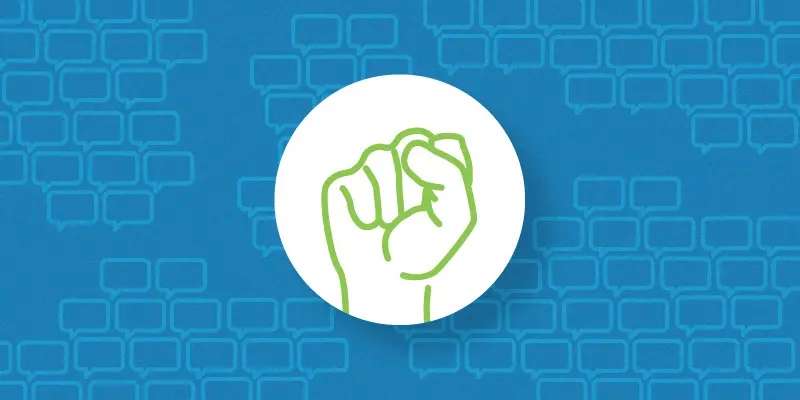Imagine taking on a large-scale project and not asking for any community involvement. You’ve put time, sweat and tears into this assignment. Your project team has analyzed the different bottlenecks and how to overcome them.
What happens if the new project causes major community anger and negative media publicity? Most people aren’t accepting of change unless they are a part of the process. Don’t make the mistake of decreasing instead of strengthening the citizen-government relationship.
Why do governments need to strengthen citizen participation?
Involving citizens in the political process is a fundamental part of democracy. When councils and governments set-up a new project, they need to assess the impact on local residents. Open-participation and public involvement is an effective way to balance different stakeholder interests.
According to the New Tactics in Human Rights Program, strengthening citizen participation has many benefits that include:
- Improving the public resource management sector
- Reducing political corruption by making everyone accountable
Ways to strengthen your government-community relationship
Creating a long-lasting, positive relationship with your community takes time and trust. Involving the community in government decisions is the key to strengthening the bond. In a recent article, Vconnecta described different approaches to building an engaged community.
Actively engage with the community
Legitimacy, respect, honestly. These are three aspects citizens value.
“At the heart of this process is the need for citizen engagement, something that has often been more of an aspiration for local government rather than a policy. The great advantage is if citizens feel that they have been actively engaged and consulted during a public process they are far more likely to buy-in to the project as a whole.” – Vconnecta
Promote Powerful Stories
How can you increase trust? By being proactive rather than reactive in your decision-making process. Build consensus rather at a local level. Focus groups, online surveys, public meetings are all ways to increase community participation. Today, it’s important to communicate your success stories.
How can you measure the impact of stronger community collaboration?
The Theory of Change outlines the how and why a change will occur. It involves creating goals and identifying the conditions needed to achieve the goals.
This approach is a useful way to measure the impact of community involvement. According to New Tactics in Human Rights, the first step in every project is to build a hypothesis and set periods to track a change in engagement levels. Monitoring engagement should occur at every stage. This includes checking positive/negative community engagement and how quick were people to take part.
Sometimes the desired impact may take years to evolve, for other organizations, the progress much be much quicker. You’re more likely to increase community collaboration with by involving citizens in more projects.
You can increase community collaboration by including these steps in your project:
- Capacity building: This includes training volunteers, mentoring and leadership development.
- Consistently focusing on engagement: Maintaining a focus on citizenship, community development and promoting social cohesion in a jurisdiction.
- Investing in civic infrastructure and community networks so individuals, groups and organizations can participate.
- Ensuring community engagement initiatives are diverse and genuine in their desire to ask and make use of community input.
- Establishing a public policy system to respond to community wishes: Through delivering specific outcomes and providing ongoing feedback.
For a more detailed explanation, read our article about the importance of theory and research with the practice of community engagement.












